IMAGE BESTReview of indirect time-of-flight 3D cameras (IEEE TED June 2022)AMMJENACIONAL
C. Bamji et al. from Microsoft published a paper titled "A Review of Indirect Time-of-Flight Technologies" in IEEE Trans. Electron Devices (June 2022).
Abstract: Indirect time-of-flight (iToF) cameras operate by illuminating a scene with modulated light and inferring depth at each pixel by combining the back-reflected light with different gating signals. This article focuses on amplitude-modulated continuous-wave (AMCW) time-of-flight (ToF), which, because of its robustness and stability properties, is the most common form of iToF. The figures of merit that drive iToF performance are explained and plotted, and system parameters that drive a camera’s final performance are summarized. Different iToF pixel and chip architectures are compared and the basic phasor methods for extracting depth from the pixel output values are explained. The evolution of pixel size is discussed, showing performance improvement over time. Depth pipelines, which play a key role in filtering and enhancing data, have also greatly improved over time with sophisticated denoising methods now available. Key remaining challenges, such as ambient light resilience and multipath invariance, are explained, and state-of-the-art mitigation techniques are referenced. Finally, applications, use cases, and benefits of iToF are listed.
DOI link: 10.1109/TED.2022.3145762
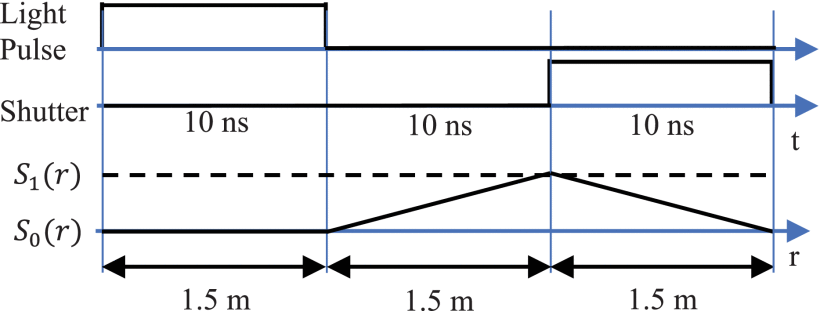
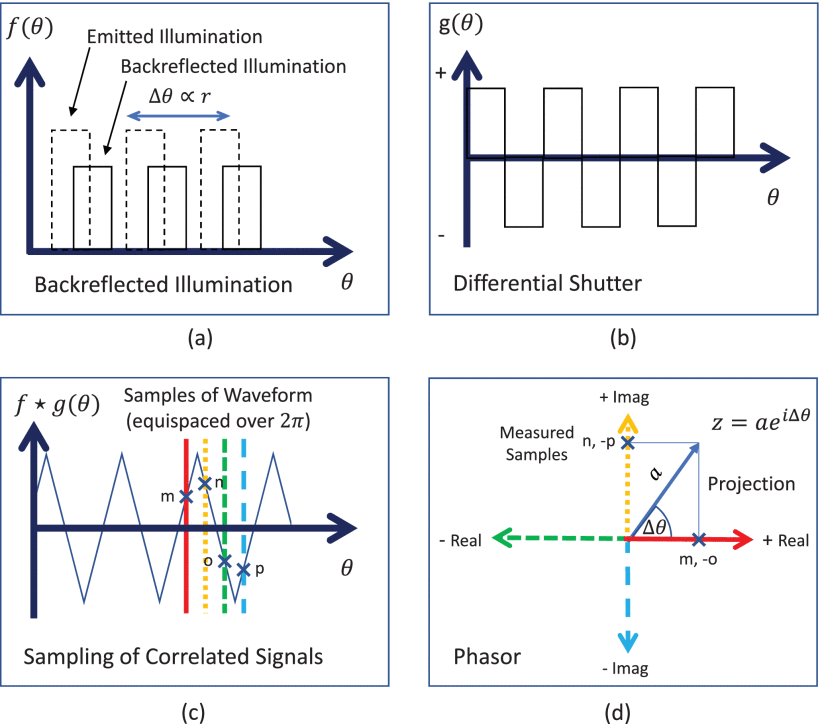
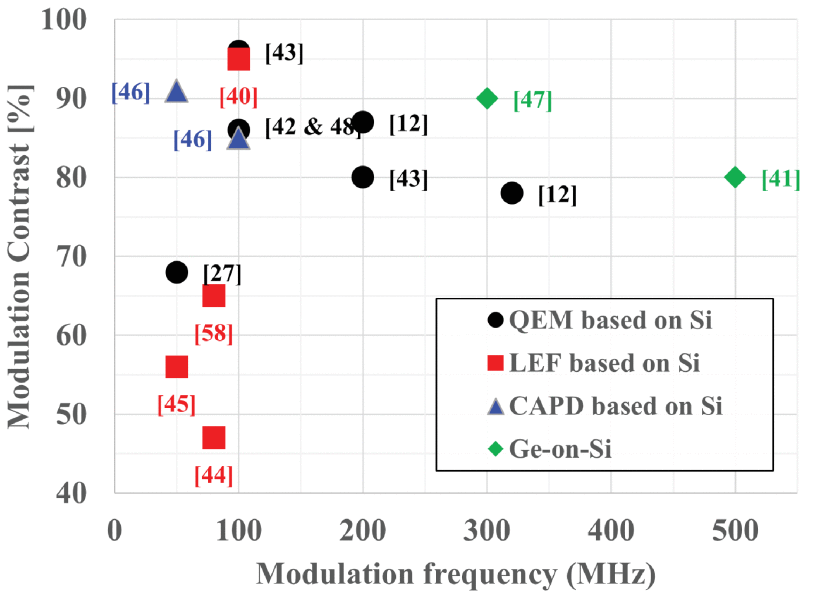
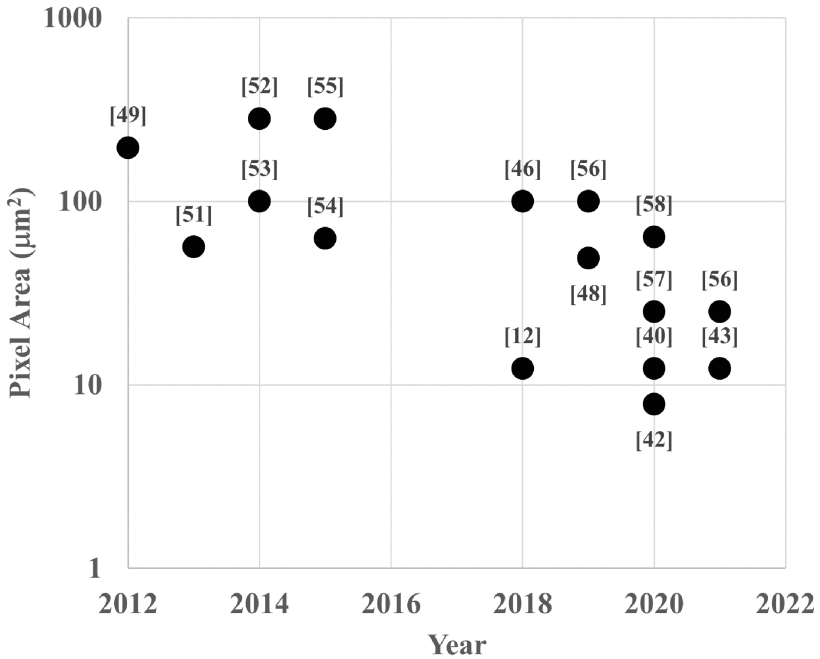
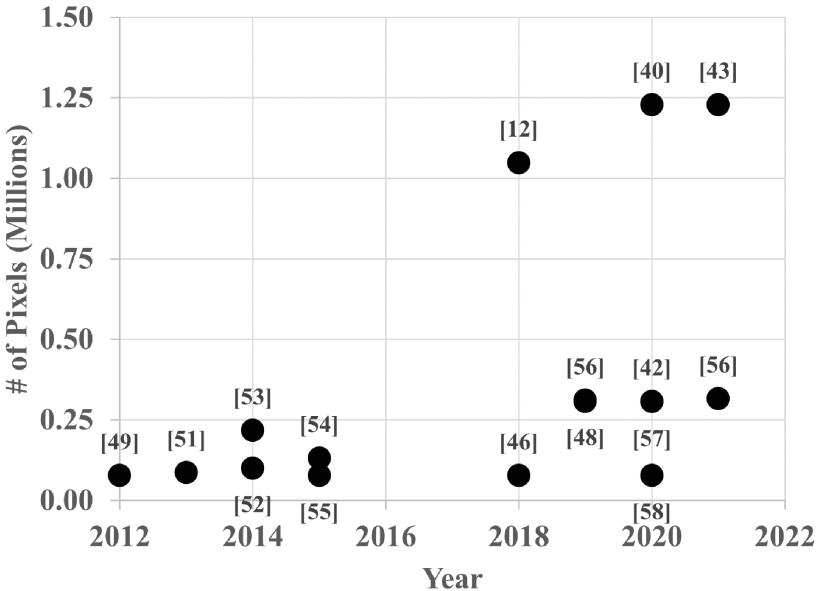
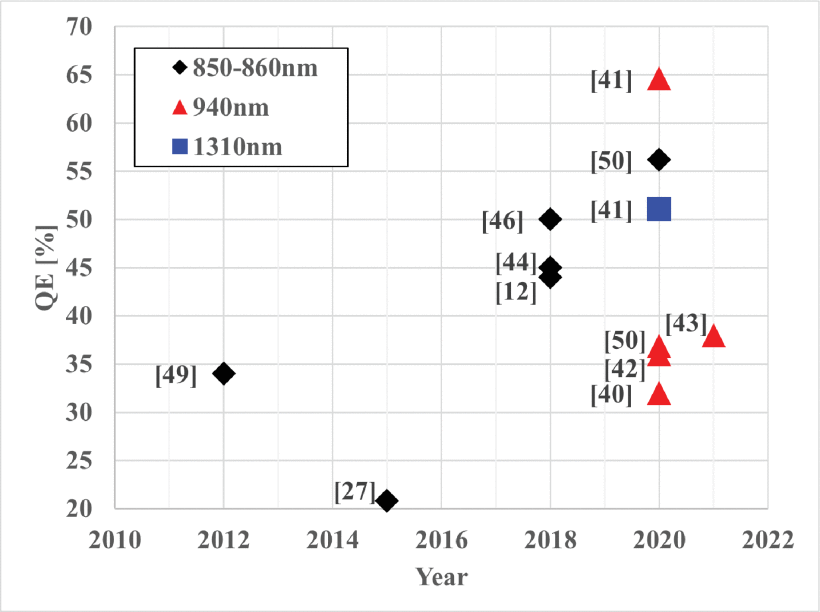

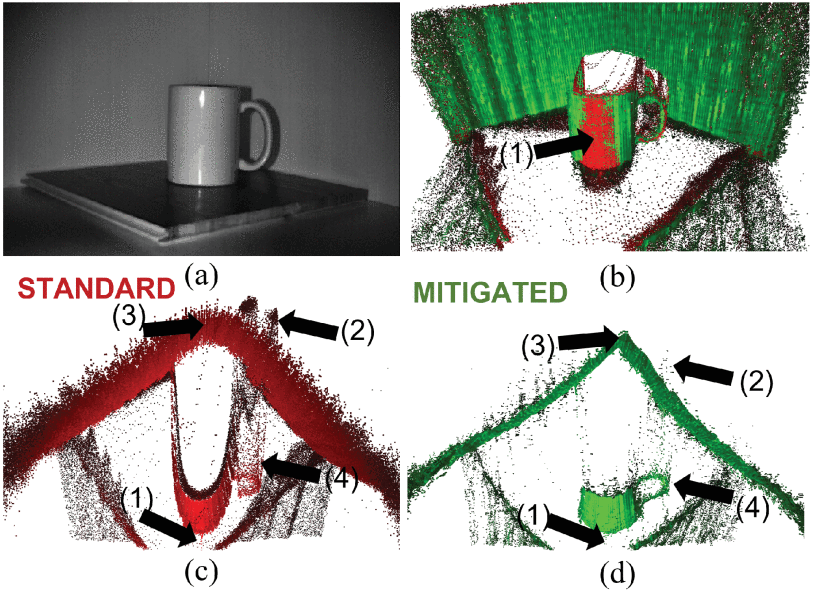

Komentar
Posting Komentar